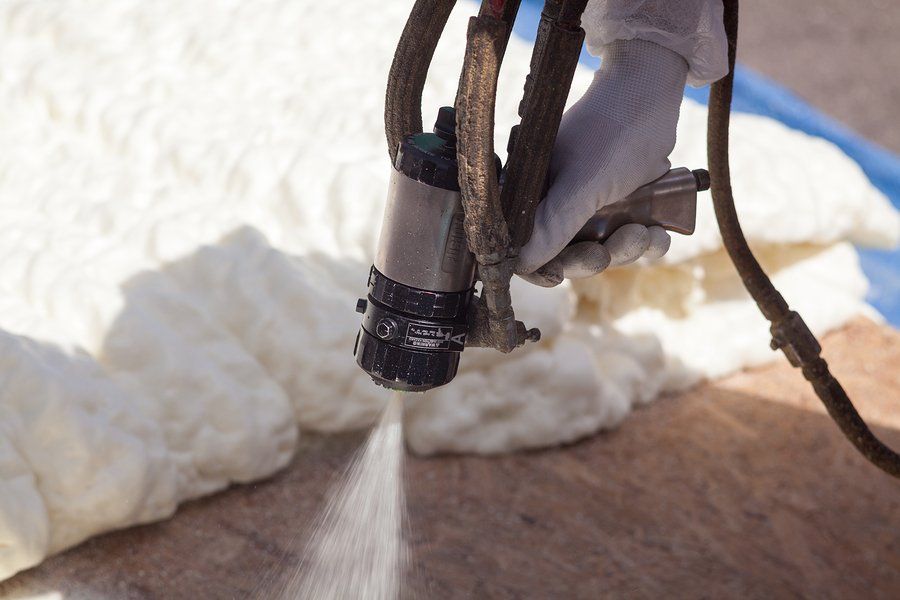SPRAY FOAM COMMERCIAL ROOFING
Spray foam roofing consists of three main components: spray polyurethane foam, silicone coating, and granules. It is a waterproof roofing system. Two chemicals are combined and heated to create the foam. These chemicals are sprayed directly onto an existing roof after being dispensed from a truck and passed through a heated pipe. The foam expands 30 times its original size, reaching a height of about 1.5 inches. Every roofing system's spray foam height (or thickness) is tailored to produce a slope for water to go towards drains. UV radiation from the sun can harm spray foam on its own. As a result, a thin layer of silicone will be applied to the foam. The silicone coating is applied in two coats, with the topcoat having granules embedded in it. The granules provide additional strength and traction when walking.
Spray Foam Roofing's Advantages
Spray foam roofing insulation has the highest resistance to heat flow of any traditional material. The ability of a substance to resist heat flow is measured by its R-value. Roofing-grade SPF has an R-value of about 6.5 per inch. Spray foam roofing systems provide a powerful, yet surprisingly light, protective layer for commercial roofs. SPF systems with a thickness of 1 inch or more have been shown to improve the structural integrity of a building.
Spray foam roofing systems that are properly installed and maintained can span for 30 to 40 years, if not longer
Spray Foam Roofing's Drawbacks
The best time to install spray foam roofing is when temperatures are over 50°F and humidity levels are low, which gives commercial property owners a limited time window for installation. UV exposure is the leading cause of spray foam roofing system failure. Spry foam is a tough material, but it's not meant to be worn for lengthy periods in the sun. Poor installation or lack of maintenance are the most common causes of this problem. The only surefire approach to avoid premature system failure is to perform routine maintenance and recoat the foam layer every 10 to 15 years.
Important facts on Installation of Spray Foam Roofing
All dirt and debris must be cleaned from the existing roof substrate. In some cases, a primer may be required to ensure adequate adhesion. Following that, 1 inch of spray polyurethane foam is sprayed over the roof surface. It can also be used to construct slopes around specific roof regions to guarantee proper drainage. To avoid UV degradation, Spray foam roof systems must be top-coated with an elastomeric roof coating. To guarantee uniform mil thickness and even coverage, this coating is applied in many passes. Acrylic coatings are most typically utilized for Spray foam systems on steep-slope roofs. Silicones or urethanes are used for flat roofs because they are more suited to tolerate ponding water.
Final Touches
Finally, the elastomeric topcoat is spread with #11-grade roofing granules. This increases the system's strength, longevity, UV protection, and wildlife resistance. To qualify for an NDL guarantee, adding granules is required as final touches in the Spray foam commercial roofing installation.
Keller, TX Roofing Experts



